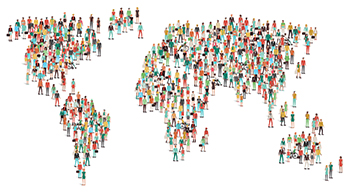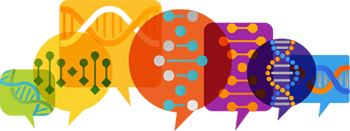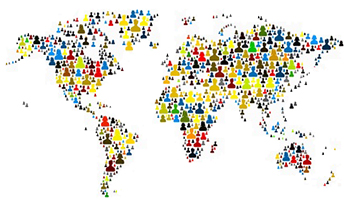Genetic information for individual patients has already successfully infiltrated important areas of clinical practice, notably the diagnosis and treatment of cancer and rare diseases.
Can we now move beyond genomic tests for patients with diseases and begin to use genetic screening of healthy populations to guide preventive medicine and general wellness? The answer is clearly “yes.”
Today, WuXi NextCODE announced a positive step forward with results from our HealthCODE wellness scan to show the value of genomics in preventive medicine.
Remarkable progress has been made—and continues to evolve—in using genomics as a fundamental technology to guide the treatment of diseases. Many types of cancer patients now routinely have their genetic information tested to inform a personalized medicine approach to their cancer treatment. Similarly, patients with idiopathic and rare diseases increasingly receive genomic testing to identify the pathogenic mutations that may be driving their disease.
Now, genomic information is evolving into the realm of health and wellness. Genomics can help with preventive medicine, serving as a valuable tool for informing people and their doctors about genetic risk factors hiding in DNA, so that individual health plans can be developed. In a preventive medicine and wellness context, genomic information can give people the opportunity to take control of their health by making lifestyle changes and charting a personally tailored healthcare path.
Medical experts, government organizations, and genomics leaders around the world are pushing the frontier of genomics in health and wellness. In January 2017, the U.S. Centers for Disease Control and Prevention (CDC) held a special workshop to discuss the role of public health in using genetic screening of healthy individuals. The CDC states that it is becoming clearer as science progresses that there are more opportunities for using genetic screening for preventing common diseases across the lifespan.
Today, WuXi NextCODE announced our first pilot analysis of results from a group of 190 healthy individuals using our HealthCODE consumer whole-genome wellness scan. The scan uses proprietary risk modeling to gauge each individual’s inherited risk of 28 common complex diseases, like hypertension, type 2 diabetes and heart attack. On average, these participants from China were at more than 1.5-times average risk of four common diseases.
A clinical-grade scan such as HealthCODE makes it possible to target those individuals at highest inherited risk of certain diseases, so that they and their doctors can act on this information with lifestyle changes, monitoring, and even medicines they should consider to counteract those risks and increase their chances of staying healthy.
Moreover, the results presented today are important as a reflection and component of the power of having a global platform for genomic data. The same leading technology that is being deployed for Chinese consumers interested in using their genome to protect their health is also being used and can be deployed around the world. The key is the ability to model risk accurately for different populations and to use the same platform for interpreting the data and delivering actionable results to individuals while, at the same time, enabling them to participate in research if they wish to do so.
With the rapid progress in genomics, there is a growing sense that genomic advances are leading to new models of health care centered on disease prevention as well as treatments that are tailored to the individual. At the core, the aim of all of us is to reinforce the ability of health care to prevent illness and inform how we can live healthier. The impact can be across a range of outcomes, from better individual health, improved quality of life, and reduced costs to the healthcare system.










